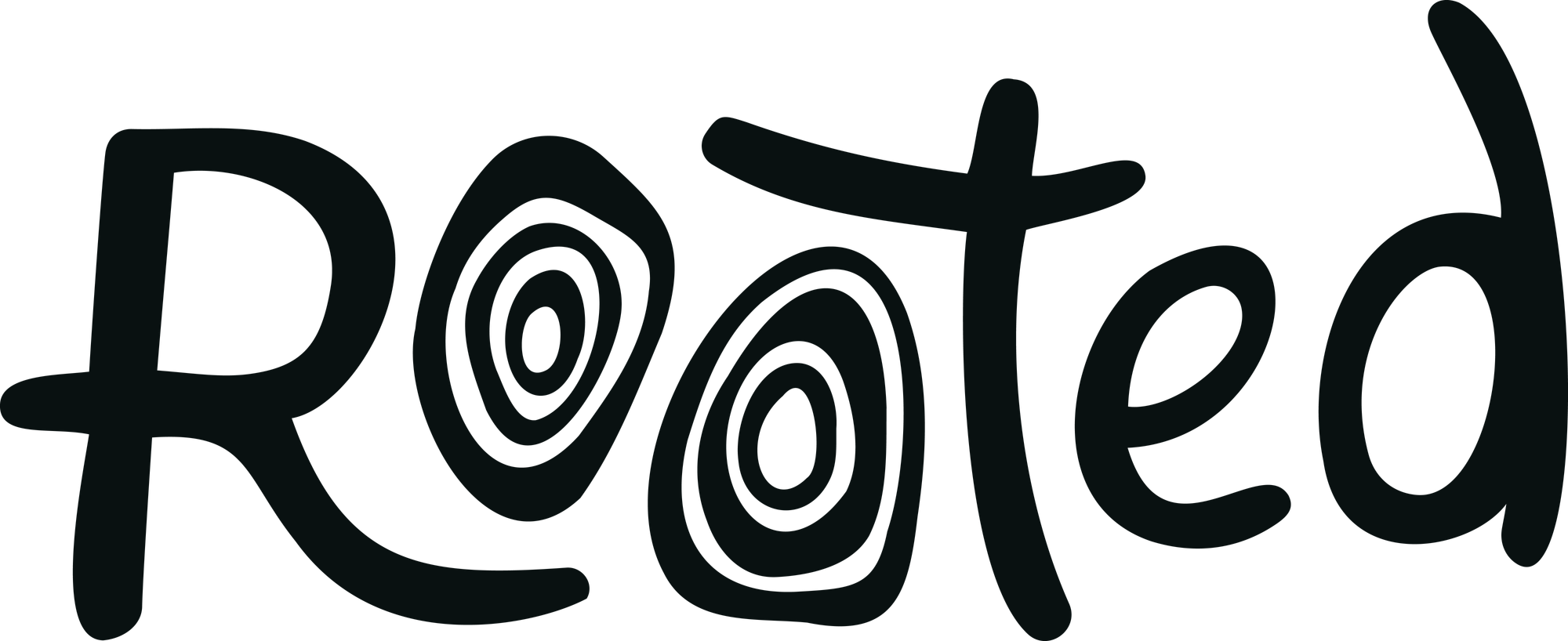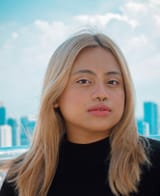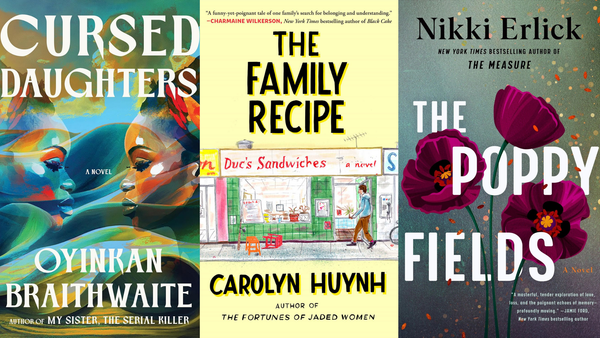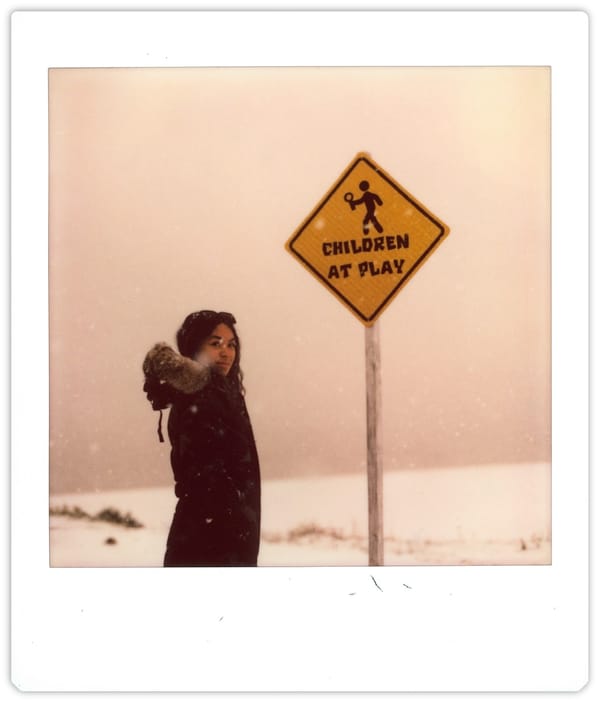Filipino illustrator Jethro Ian Lacson weaves identity in art
In a country as visually stimulating as the Philippines, an artist never lacks inspiration. For Lacson, being a Filipino queer artist has always informed his art-making.
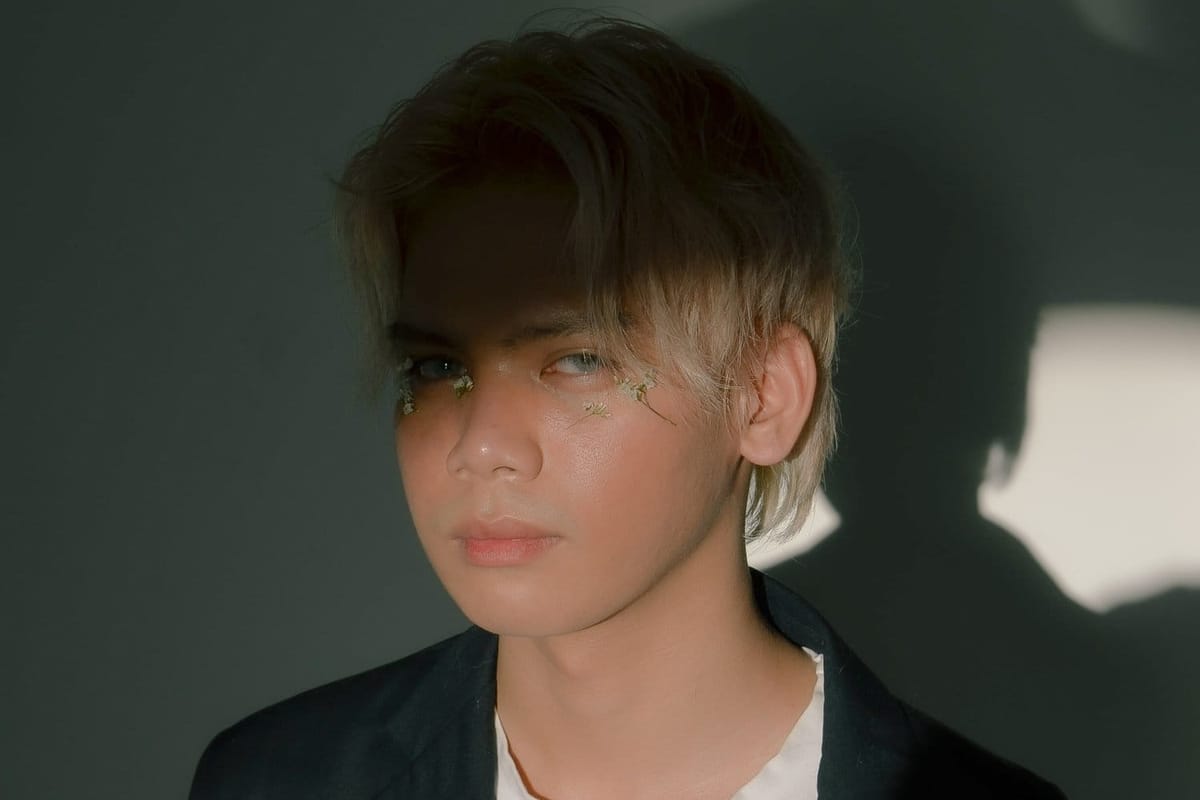
It was fitting that I interviewed illustrator and painter Jethro Ian Lacson in my studio apartment situated right across from his old office where he used to work as a junior creative director for an advertising agency. When he drove up to my city and met me, he could not help but think of his beginnings on this turf.
“Makati has always been my city,” he said.
Lacson’s creative roots are carved in this city.
“This is where I started projects that would represent my work,” he said. “I met more creatives and connected with more people that have different visual languages, backgrounds, and mediums that has enriched my journey.”
As a writer, the visual arts landscape hasn’t really been my forte and that’s partially why I wanted to unmask Lacson’s playground. This was not the first time I spoke with the 26-year-old artist, but each opportunity presented a different version of him intersecting with being an illustrator, painter, graphic designer and art director and on weekends, even being a ballet student.
“I have been dabbling in art-making since as early as I can remember,” he said. “It's something that has always been synonymous to how I figure out life.”
He says art is more than expression for him; it’s a reflection of how he lives.
“A creative life has always been side by side with how I live my life whether be it in practice or how I feel,” he said.
Lacson spent years working and figuring out his way in and through arts. I asked about his first solo show at the House of Frida in Bacolod city, the northwest coast of Negros Island in the Philippines, far from his usual setting in the metro.
“So my first ever solo exhibit I got to hop on a plane and it was really heartwarming being welcomed by people who I have only known through the internet, and to have showcased my first ever show which is something very vulnerable,” he said.
At the show, he took people through his process. He says it felt special to hear them resonate with his work, even if their interpretations differed from his intentions for his pieces.
“The moment you put something out, it’s not yours anymore. I think that’s beautiful,” he said. “And that’s the kind of communication I’ve always wanted my art to do.”
Since then, Lacson expanded to sharing his works online. He fills his social media with sketches of portraits.
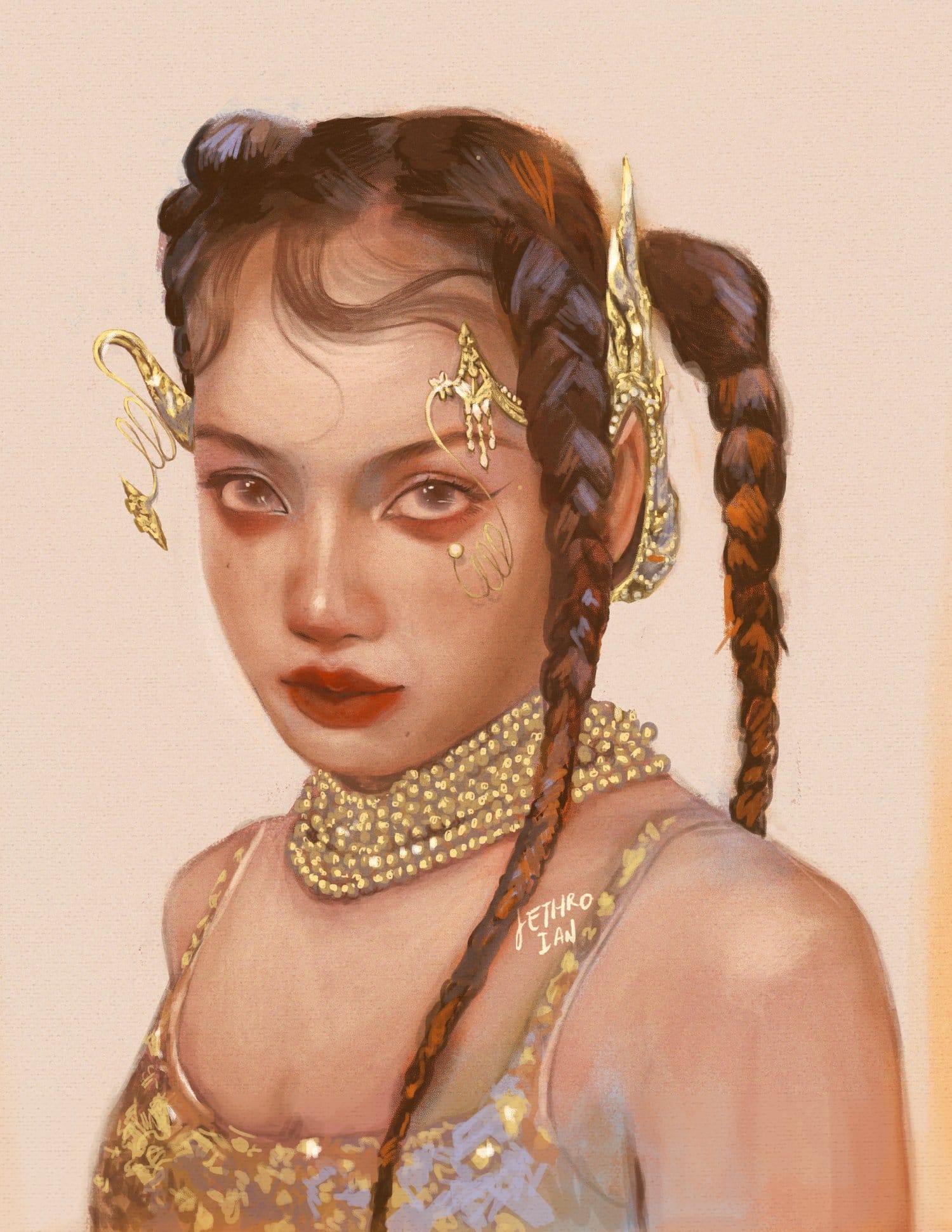
“Figurative art for me has always been my language. That's how I convey what I try to say,” he said. “It just so happens that the ways to express my little musings is through faces of people.”
It’s through these paintings that his presence in the artists’ community was able to bloom.
Arts, culture and identity
In a country as visually stimulating as the Philippines, an artist never lacks inspiration. For Lacson, being a Filipino queer artist has always informed his art-making. He shared that his professional experience as a graphic designer and art director merged with his personal experience as an illustrator and painter tethered to his identity.
While he is honest about his privilege having grown up in Manila, he admits there are still a lot of blockages being a Filipino, let alone a queer artist. However, despite this Lacson celebrates the fact that Filipino artists are becoming more inclusive and diverse.
“We’re really trying. We are trying with the cards that we’re dealt with,” he said.
Lacson says the community has a long way to go in creating safe spaces for deeper dialogue, but he remains optimistic.
“It can still feel very alienating. But there’s so much passion that’s always been there with us,” he said.
He says he’s now in a place of just celebrating earnestness. He’s a firm believer that pride is the enemy of creativity.
“It’s our duty as artists and Filipinos to just be an open vessel to accommodate voices and knowledge, even those who are young or juvenile,” he said. “How do we share resources without being coy? We need to be more generous. The end goal is to always share, to give it out.”
Lacson recognizes the challenges his fellow creatives face, but is positive about the possibilities of artists tending to each other.
The arts industry is also now more active showcasing works online, and it’s common for designers like Lacson in this era to have their portfolio accesible. But Lacson knows that not all people of color and LGBQTIA+ folks have the position and power in the arts industry regardless of innovation. And even with his privilege, he still experiences rejection.
“Sometimes opportunities just dont work out and it's OK to be upset,” he said.
He now works in ways that help him obtain his own power. For him, he says the grace and safety to tell our stories must come first. He believes that Filipino queer artists have a lot of stories to tell and that we are masters at it. The rejections are simply redirections and every “no” allows more space for a “yes.”
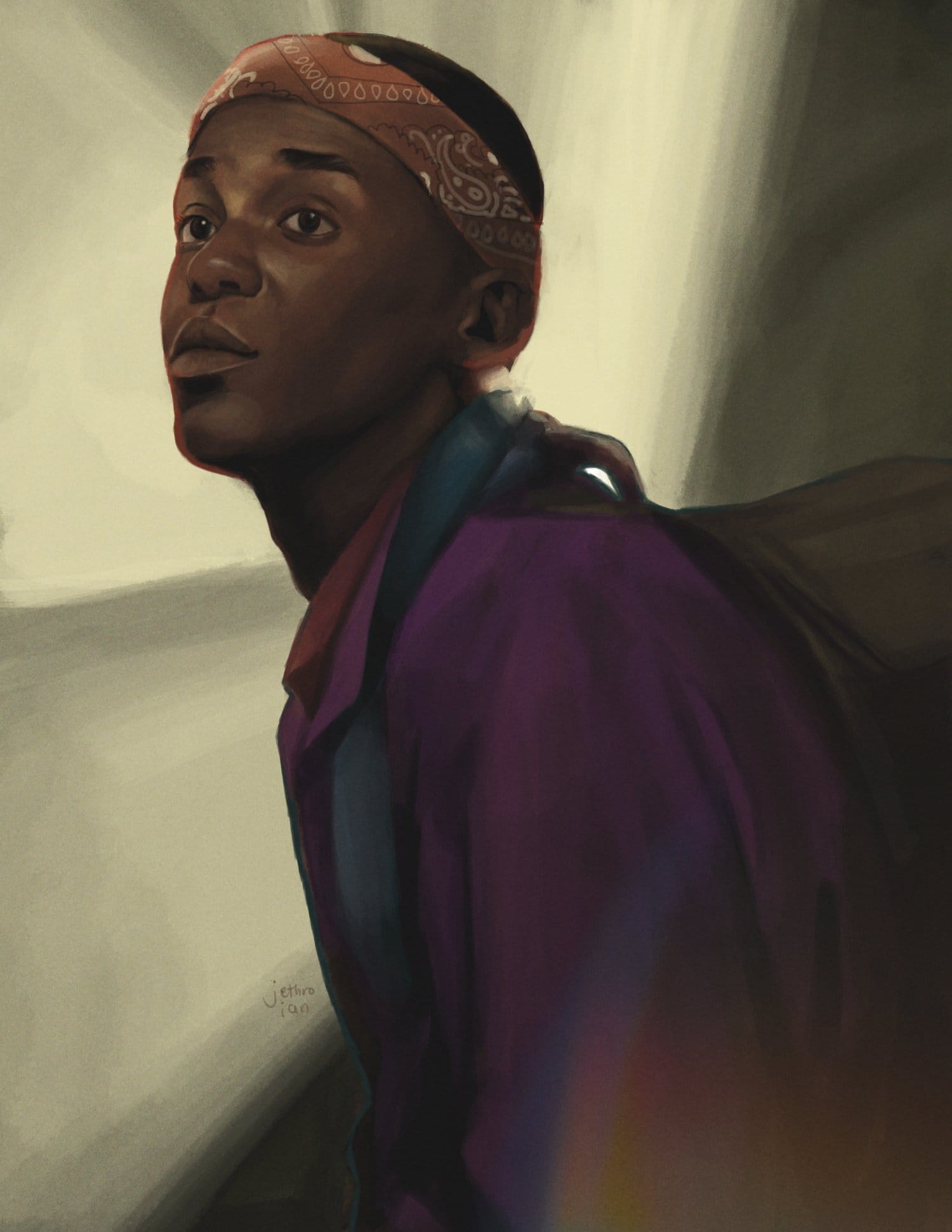
Milestones
Besides getting recognized for his stylistic portraits of pop culture celebrities and musicians, Lacson has also created a series of illustrations with Netflix Philippines.
“That was really one of the most exciting highlights of my career,” he said. “I had the opportunity to illustrate some of the notable and famous LGBTQIA+ characters in Netflix shows in line for their Pride celebration – a gorgeous collection of portraits showcasing the depth and breadth of queerness in media and entertainment we consume.”
His work was also featured in a Preview Magazine cover, where he made a digital illustration of paintings by Fernando Amorsolo, a national artist of the Philippines, depicted in modern times.
“That was also monumental for me to make art that are tied up to our roots of being Filipino,” he said.
It is clear that Lacson’s works ring true to his identity. He released his debut zine last year. A constant theme of yearning for afffection and connection runs throughout its pages.
“That project took years for me to finish and it was only after a heartbreak that pushed me to reevaluate this personal project in a fresher lens,” he said.
Lacson says his art making truly is a byproduct of who he is.
“I cannot imagine a life without art,” he said.
Now moving forward in his late 20s, he wants to carve out more time to produce more solo works — from his zine, to another exhibit. He has also been tinkering with the possibility of being back in school to pursue a master’s degree and see where his art could take him.
Lacson’s work is timely. At the end of our chat, I was impressed by how he intentionally weaves every single part of himself to his art. He declares that’s where art begins: by living truthfully to who you are.
